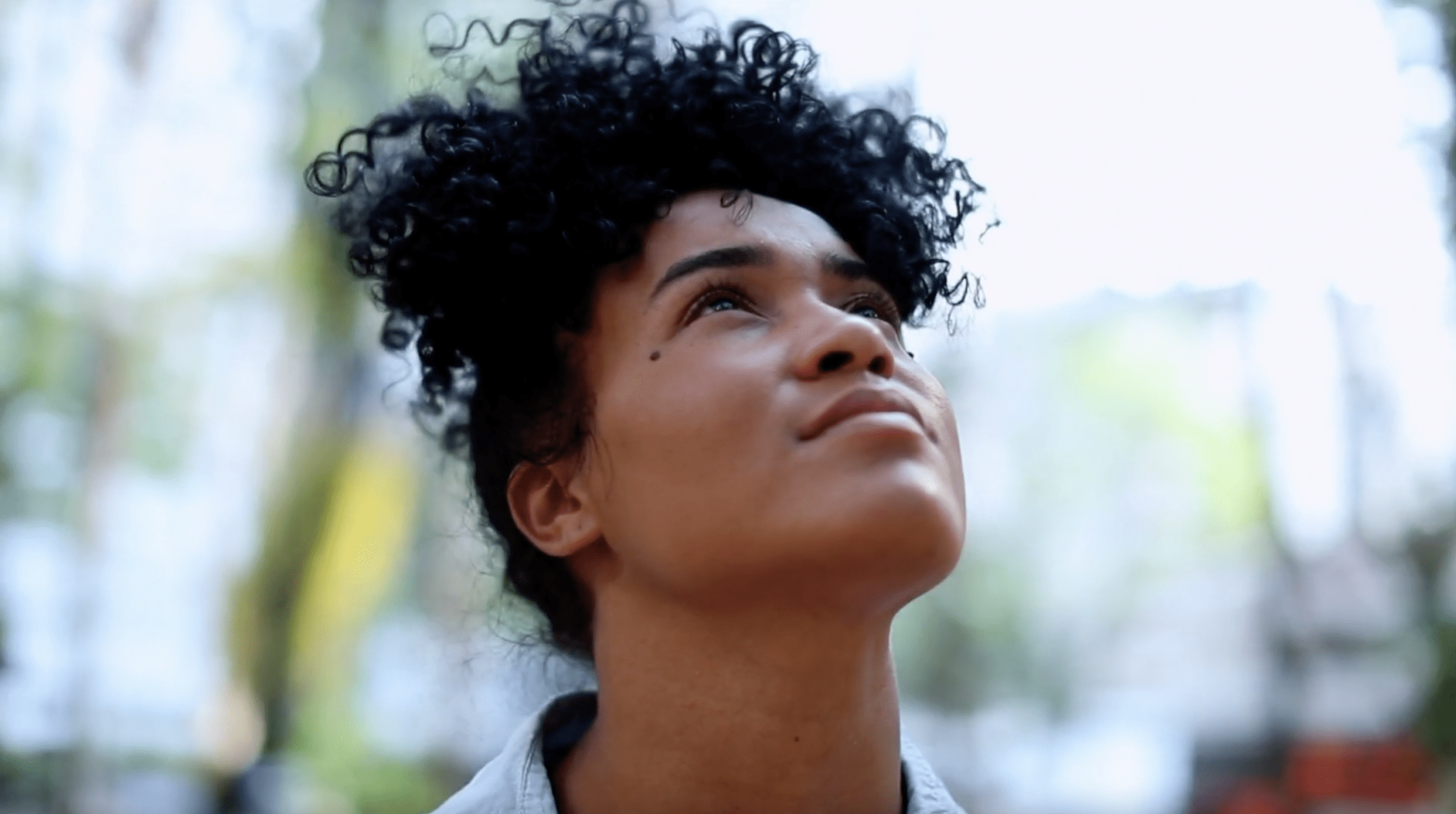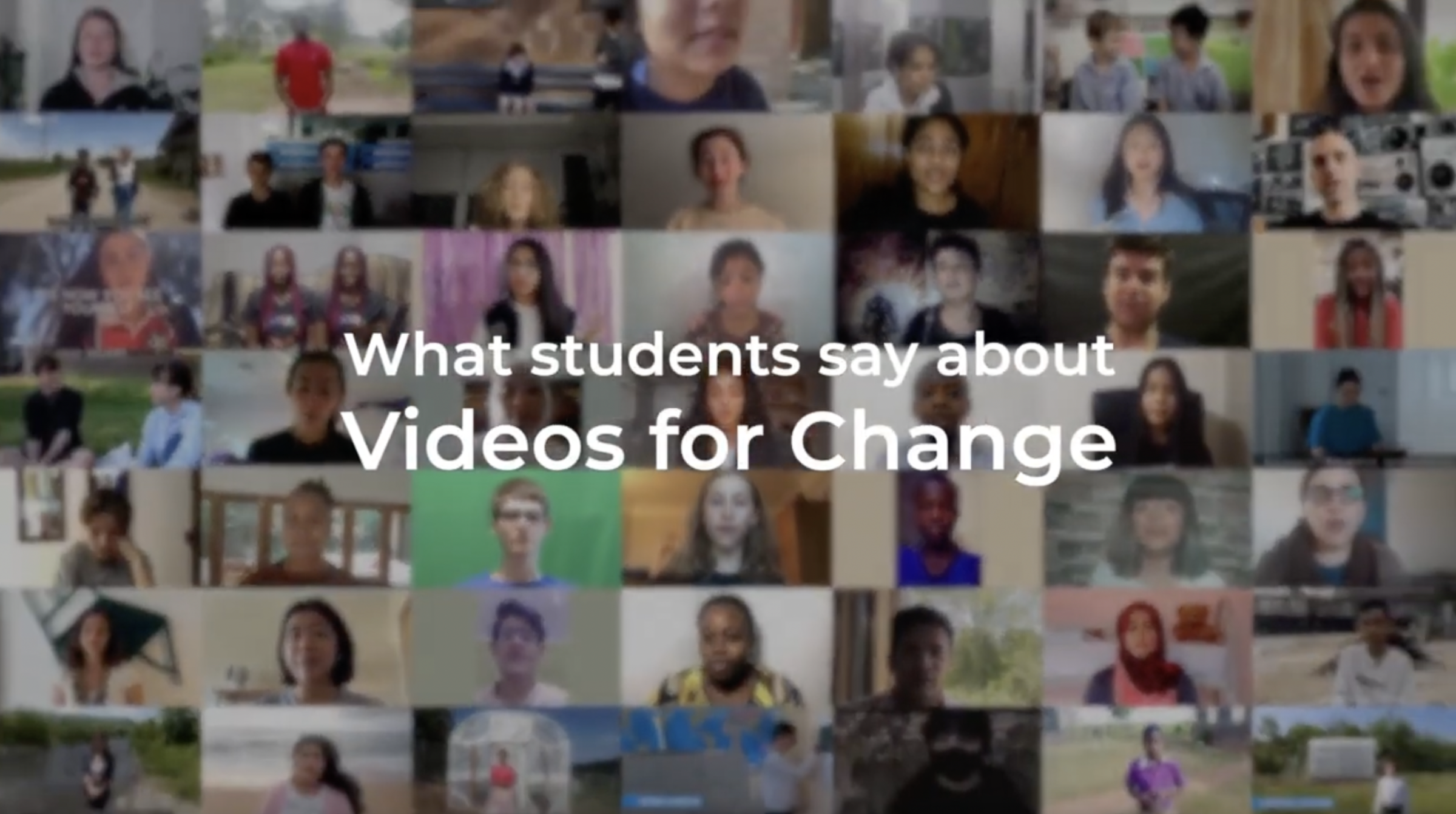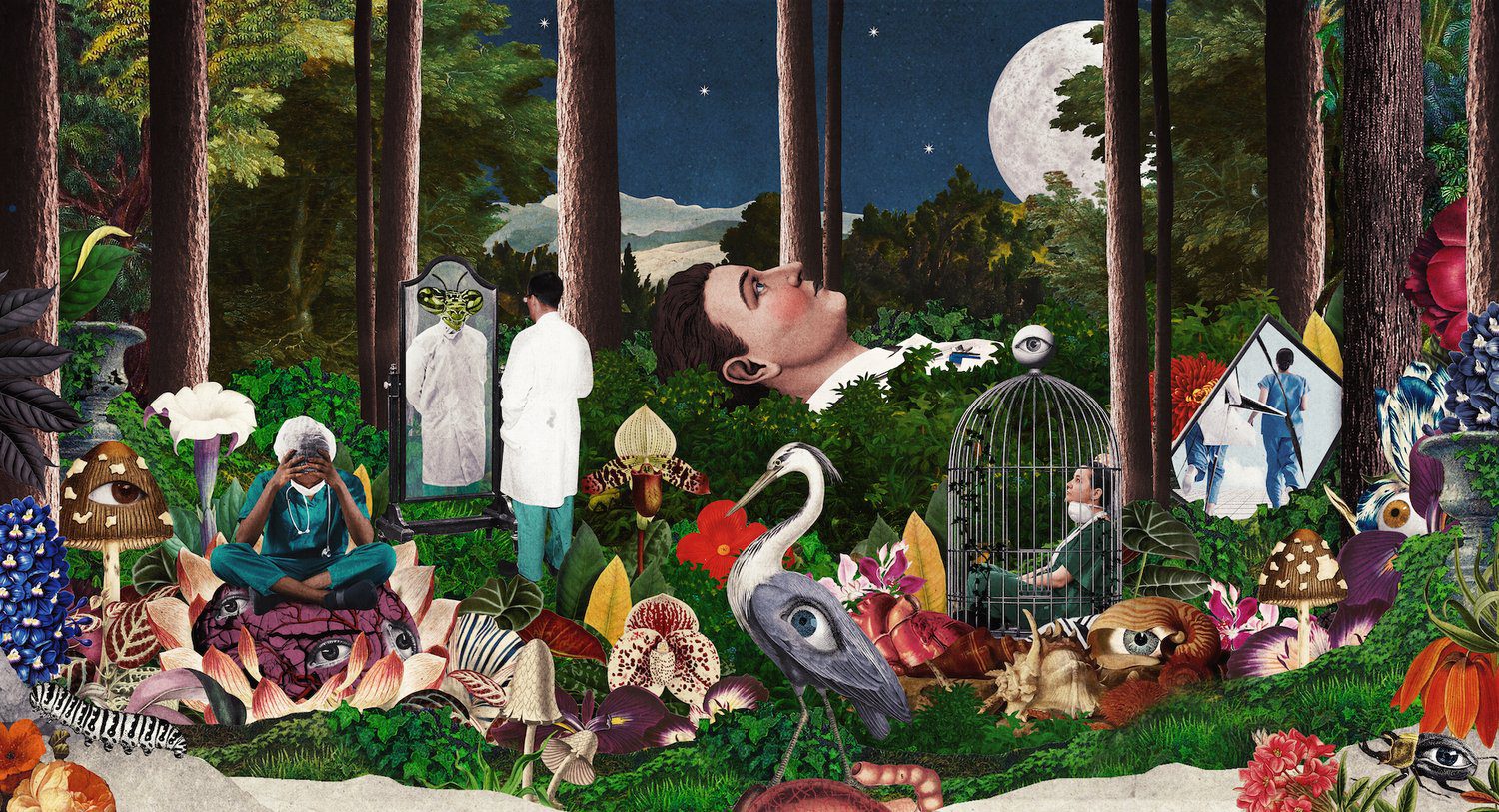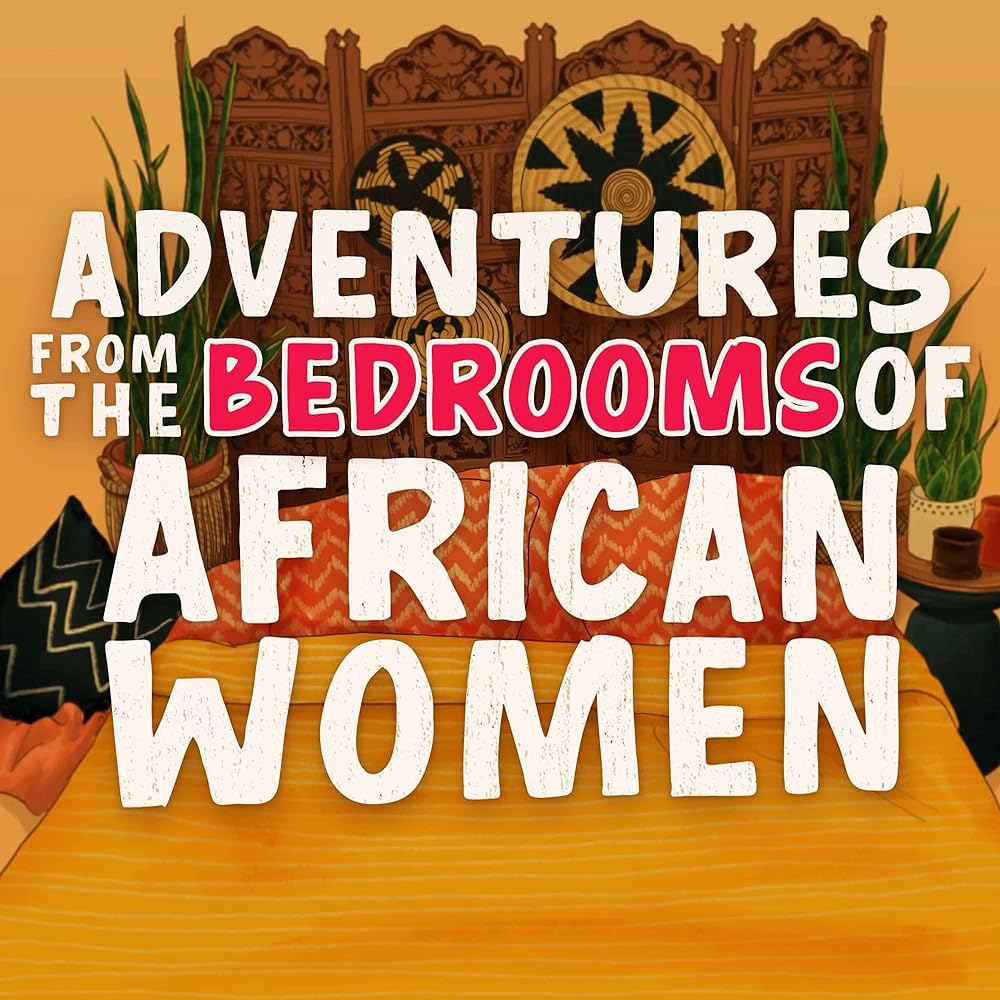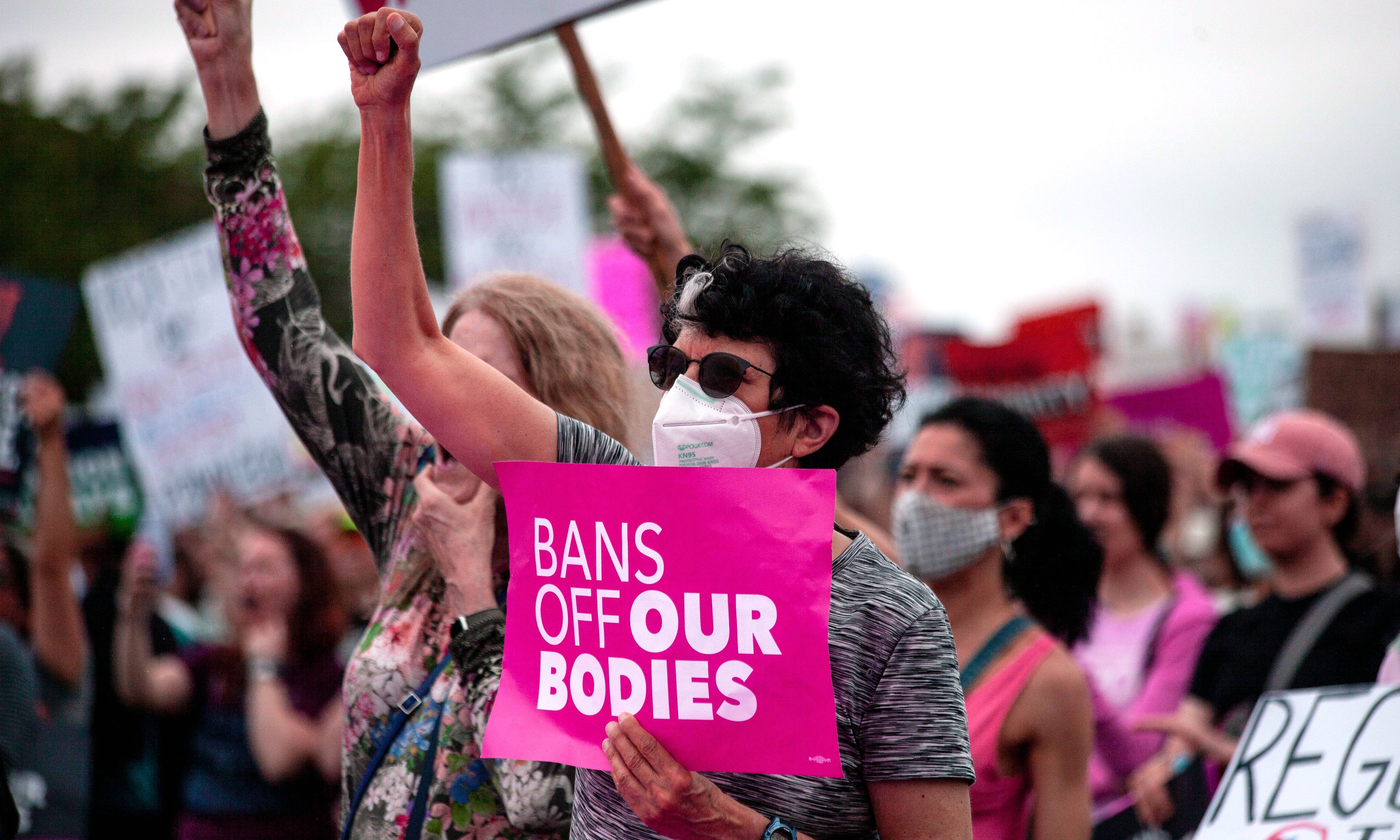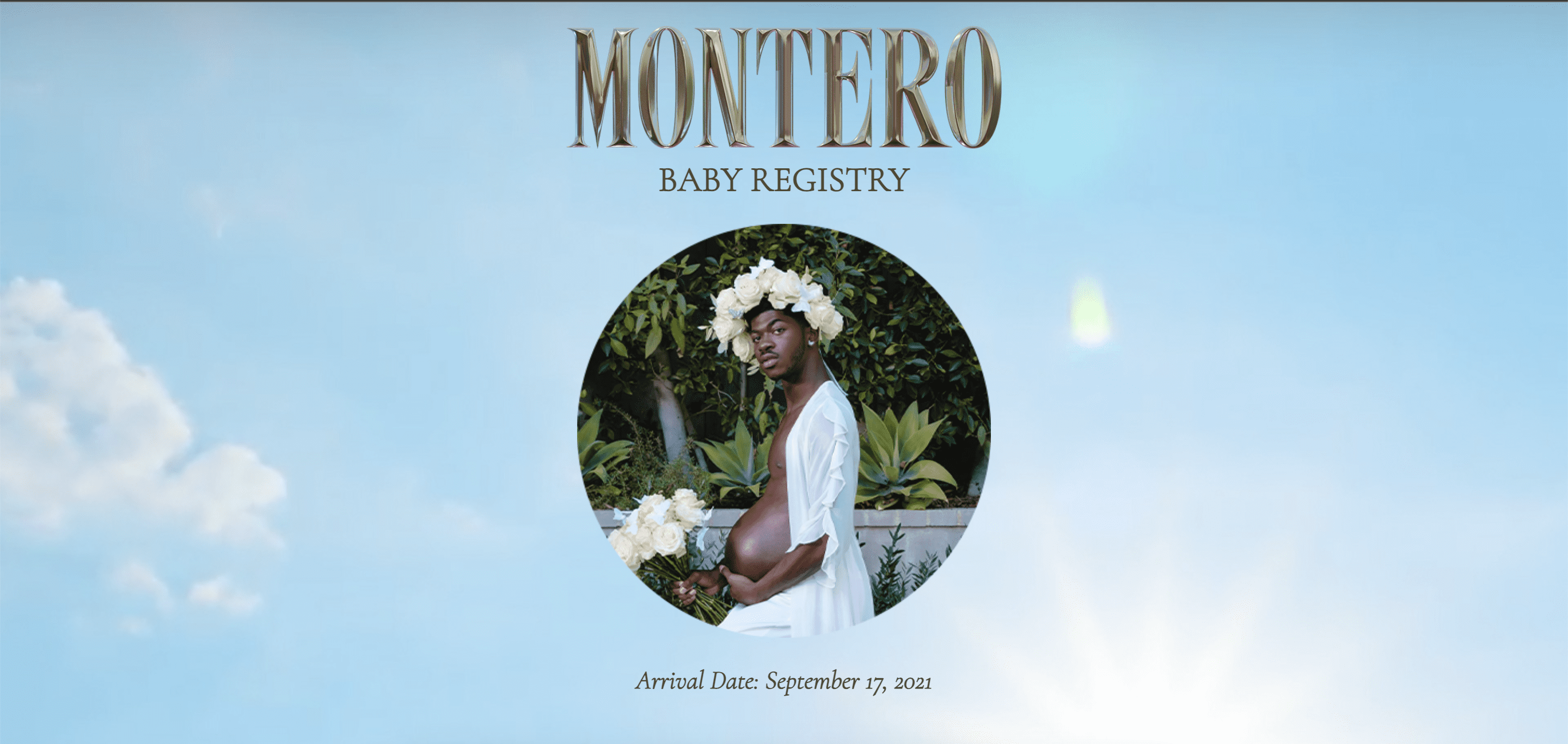Videos for Change – Amplifying Youth Voices
It’s important to center the voices of young people in the fight to create new solutions to the issues communities across the world are facing. Videos for Change spotlights and supports youth voices in the social impact space to inspire bold action. We spoke with them to find out more about their Anthem-winning initiatives.
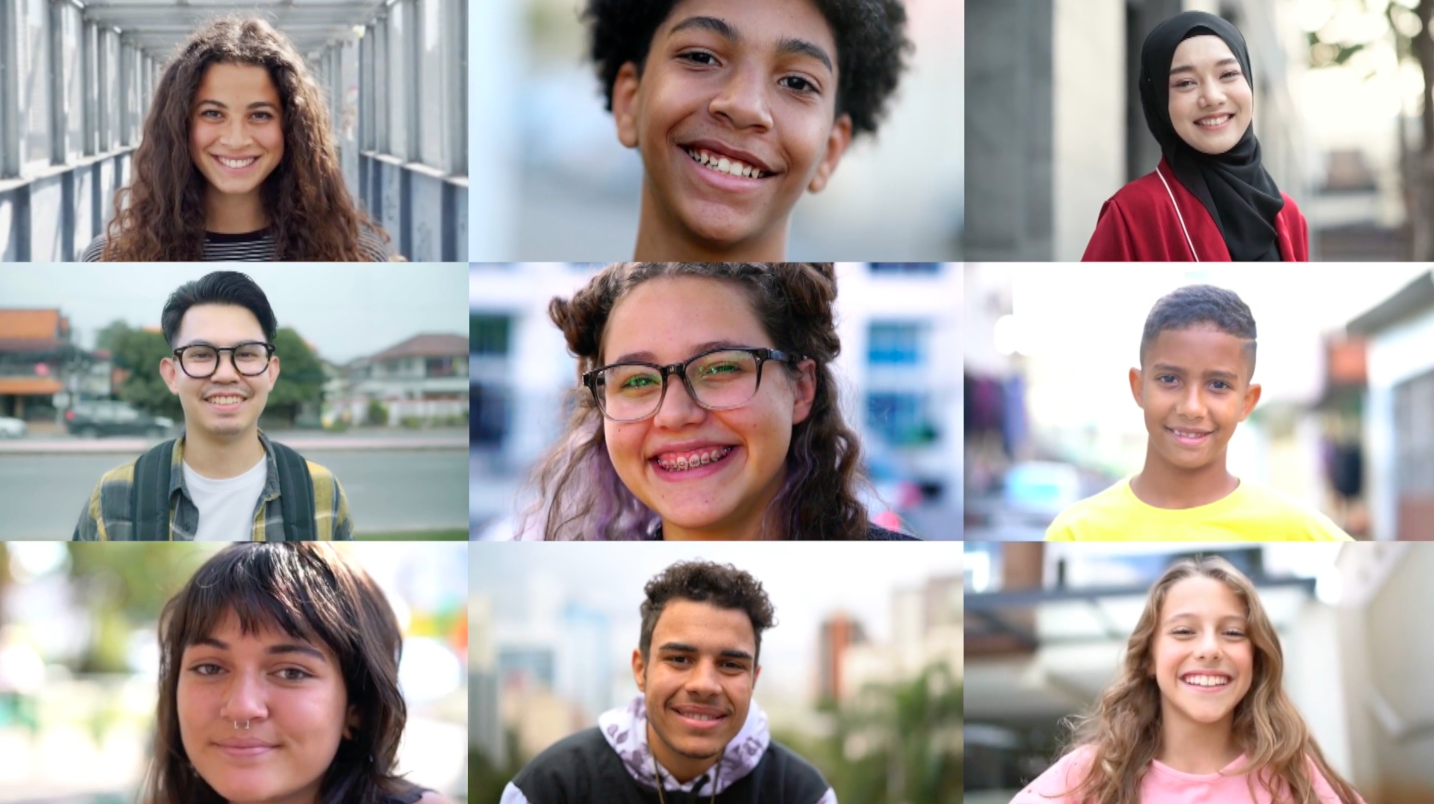
Videos for Change is dedicated to cultivating and amplifying the voices of young people as drivers of social change. It supports young people worldwide to create one-minute videos that inspire action on social issues. Through an innovative competition platform and global community of partnerships, it amplifies their messages to the wider world.
At the Inaugural Anthem Awards, Videos for Change received three Gold Anthem Awards for Best Service, Best Partnership/Collaboration, and Leader of the Year in the Education, Art & Culture Category.
We spoke with the founder of Videos for Change, Roya Baghai to find out more about the organization and its award-winning initiatives.
Note: The interview has been edited for conciseness & clarity.
How did Videos for Change begin amplifying youth voices? What inspired its mission to apply youth voices in the fight to create sustainable and scalable systemic changes?
Videos for Change was created in 2015 to cultivate and amplify the voices of young people as drivers of social change. It began as a strategic initiative within the High Resolves Group, a leading citizenship education organization known for its transformative learning experiences that activate a sense of human responsibility in young people.
To effectively develop civic mindsets and skills, learning science tells us that it is essential for young people to practice them through real-world application. For this reason, High Resolves had been facilitating social action workshops in hundreds of schools for several years. However, the complexities of adapting to meet the needs of many different school environments, and the cost of the required human resources made it unsustainable, unscalable, and difficult to deliver material social impact.
At that time, High Resolves Co-Founder Roya Baghai observed the emerging trend of short-form videos to share knowledge, inspiration, and stimulate social change. She saw the potential to scale this creativity, connection, and potential for social good. Roya envisioned a distinctive opportunity and founded Videos for Change: a program to support young people to design, create and share one-minute videos that inspire action on social issues, and a competition platform and global community of partnerships to facilitate, showcase and amplify their impact.
Over the last six years, Videos for Change has engaged a diverse cadre of youth participants from over 50 countries who have created videos on many social issues, from climate action to mental health. Videos have been viewed in over 100 countries, screened at high-profile events, and collectively achieved over 10 billion impressions, thanks to partners like NBCUniversal Networks.
What is the value in uplifting youth voices from across the world in one-minute, short-form videos? What kind of impact is Videos for Change hoping to have through its videos?
Young people have the creativity, passion, and motivation to contribute to solutions to social problems they see and experience in their local communities and the wider world. They want to have a say in the future they will be inheriting. But many do not yet have the skills, confidence, or access to opportunities to speak up and lead. And, although adults often look to young people as future problem-solvers, they don’t truly listen to them in the present day.
Videos for Change is a project-based, real-world learning experience that builds social advocacy skills. It also helps develop valuable work and life skills such as creativity, critical thinking, inclusive leadership, teamwork, media technology skills, effective communication, and storytelling. It also cultivates connection, empathy and belonging and offers a safe, healthy, and inclusive opportunity to be seen and heard.
Videos for Change also makes it easy for supporters to engage in this work and amplify the individual and social impact. The platform provides an economical and practical way for schools, camps, or organizations to host a competition and support young people to develop these skills and build deeper connections with the broader community. For example, in the 2021 Global Competition, the Rockefeller Foundation and the McCall MacBain Foundation sponsored awards to highlight the themes of food systems and climate action. In addition, global leaders in the climate change movement were part of the judging panels and advocated for showcasing student videos at COP26.
Central to Videos for Change is the act of sharing the videos. Whether through traditional and social media, film festivals or other events, sharing creates connection and magnifies impact.
What led Videos for Change to create educational resources to meet the needs of educators and students? What do the resources contain and how have teachers responded to them?
The learning experience is designed to meet young people and educators where they are, regardless of their access to filming equipment, computers or editing software. Many students create and edit their videos on their phones, and educators with no video training have been won over by the program’s simplicity.
The learning framework consists of three parts: Imagine, Create, and Share. We provide free, downloadable toolkits designed to guide students through the end-to-end process of identifying and researching an issue, engineering an idea and stylistic approach, and inspiring an audience to act. We’ve also developed self-directed online learning to support students and educators.
The feature of Videos for Change that educators most appreciate is flexibility. The learning experience has been integrated into multiple educational settings: from youth camps in Morocco and maker programs in Israel to international schools in Switzerland and schools for the deaf in Australia. In addition, through partnerships with organizations like The Paul Ramsay Foundation, we have supported indigenous students in highly remote areas of Australia with limited digital access to tell their stories to the world. Videos for Change also works across the curriculum from media studies to the humanities, health to science, technology, and geography, as well as a creative way to engage students in learning about the UN Sustainable Development Goals.
In what ways does Videos for Change encourage community engagement through its work? What are some of the community development initiatives that you’ve worked on?
Videos for Change provides an international platform for young people to share their lived experiences of issues they see in society. Each competition platform includes a personalized website with a video showcase (see, for example, the Australian National competition) The Videos for Change Global website curates the “Best of the Best Showcase” from all the submissions worldwide. Additional platform tools like the “People’s Choice Award” engage a broader community through a public vote. Whether virtual or in-person, film festivals or showcase events create greater inter-generational understanding and allow attendees to also learn about the stories behind the videos.
Through partnerships with Teach for All, we have been able to highlight real-world projects of young people actively working for positive change in their communities. For example, students in Armenia that are advocating for better water quality in their village or growing healthy food. In the U.S., Videos for Change has partnered with the Department of Public Health in Mecklenburg, North Carolina, to raise awareness about the dangers of tobacco to young people.
What is the value of continuing the competitions today since the first one in Australia in 2016? In what ways do the competitions intersect with and influence the mission of Videos for Change?
Our custom-built, low-cost, streamlined platform supports educators and organizations to run their own Videos for Change challenges. Due to our platform’s unique, networked design, each competition contributes to a growing, diverse global library of youth videos for positive change. As competitions and partnerships continue to grow, this will multiply the amplification of impact and is directly linked to our mission to effect systemic change and promote collective action.
These videos are also powerful teaching tools, providing educators and youth workers with resources that are both relevant and inspiring for young people. They hear and see their peers confronting challenges that are both familiar and also perhaps different from the ones they face. This catalyzes a sense of understanding, of belonging and also can be a way to help students understand more deeply perspectives and experiences vastly different from their own.
What can be done to better amplify the voices of young people in the fight for systemic change?
We believe that young people can co-create the future now and that systemic change requires engagement and partnerships at the individual, community, national and global levels. Unfortunately, although adults often look to young people as future problem-solvers, they don’t listen to their voices in the present day. We want to change this.
We invite schools, education networks, youth organizations, government, businesses, and NGOs who wish to support youth voice and engagement in social issues to partner with us to grow youth participation and, therefore, systemic impact. We would especially like to partner with more media and event organizers to represent the voices of people in the world with the most incentive to create positive change through integrating these inspirational, thought-provoking, one-minute, youth-created videos into their programming.
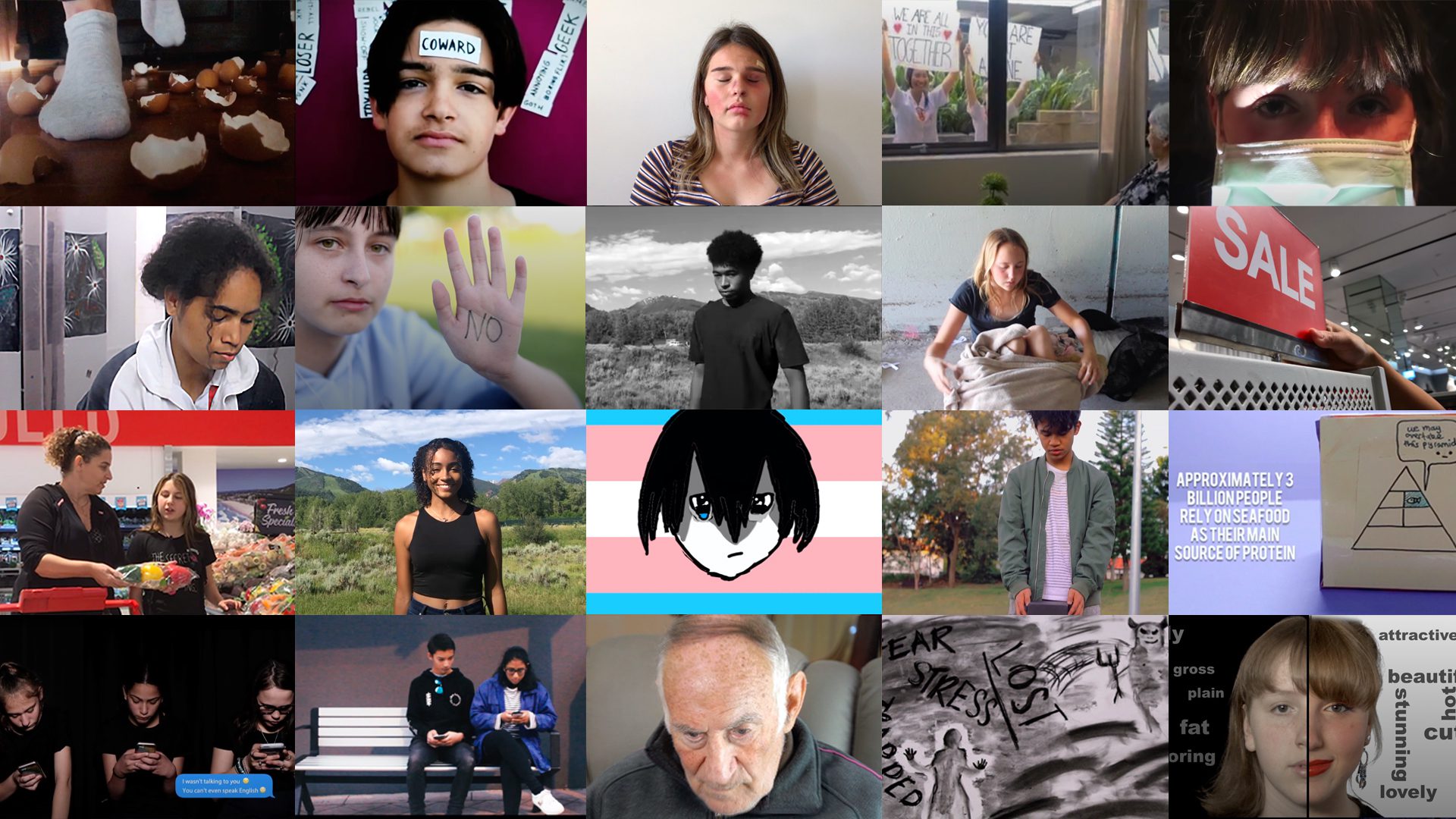
How has the work of Videos for Change evolved since the organization’s founding in 2015? What hopes do you have for the future of Videos for Change?
We’ve made significant upgrades to our platform over the last few years and will continue to innovate our offering to be relevant and valuable. We learn from the educators and young people who have participated in Videos for Change and apply that learning to the platform’s development. The diversity of our partnerships has also given us valuable insights into the wide range of applications where Videos for Change can be helpful. We aspire to see hundreds of thousands of young people participating in thousands of Videos for Change competitions across the globe, backed by a global community of support, creating a better world and future for us all.
Are there any upcoming Videos for Change initiatives that we can keep an eye out for?
Through February 2023, Videos for Change, in partnership with the National Geographic Society, is running our first-ever environment-themed competition, the Slingshot Challenge, with incredible prizes and opportunities.
Early next year, we will launch our 2023 Global Competition. Subscribe to our email list for updates about these and other opportunities to engage with Videos for Change. To check out our Global Showcase and learn more, visit videosforchange.org
What does the Anthem win mean for Videos for Change?
It was an honor to be recognized with three Gold Anthem Awards in the competition’s inaugural year, especially among such an esteemed group of organizations. The Anthem Awards’ commitment to celebrate, amplify and define a new benchmark for purpose and mission-driven work supports our mission to do the same for the voices of young people and fuels our ambitious goals to go further.
Is there anything that you would like to touch on that we haven’t covered?
If you are interested in partnering with us or want to hold a Videos for Change competition using our platform, please get in touch with us at global@videosforchange.org.


